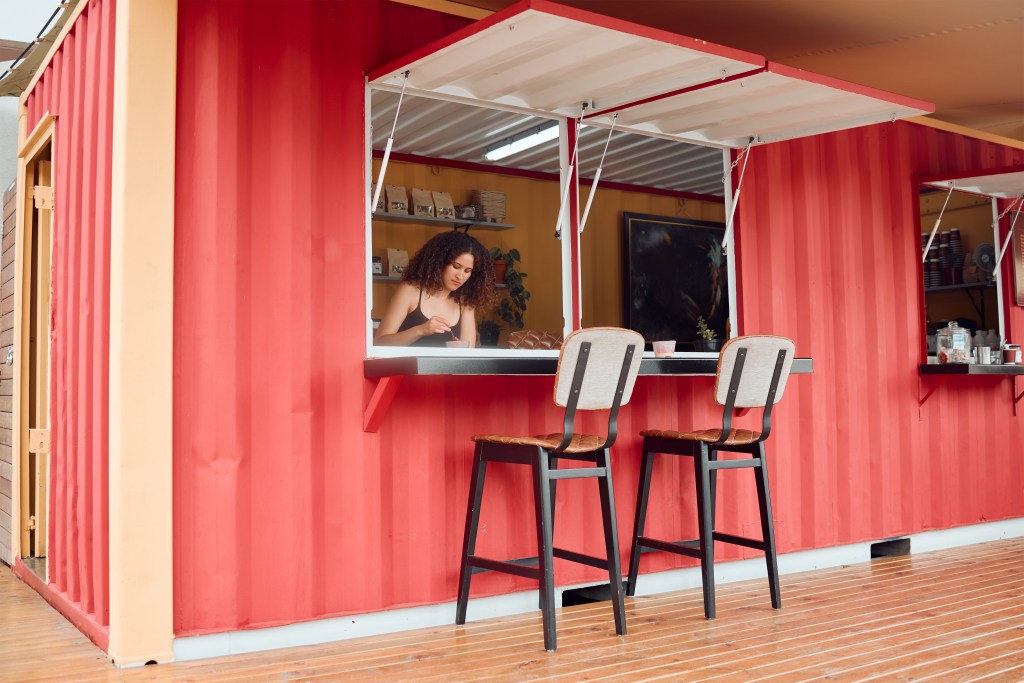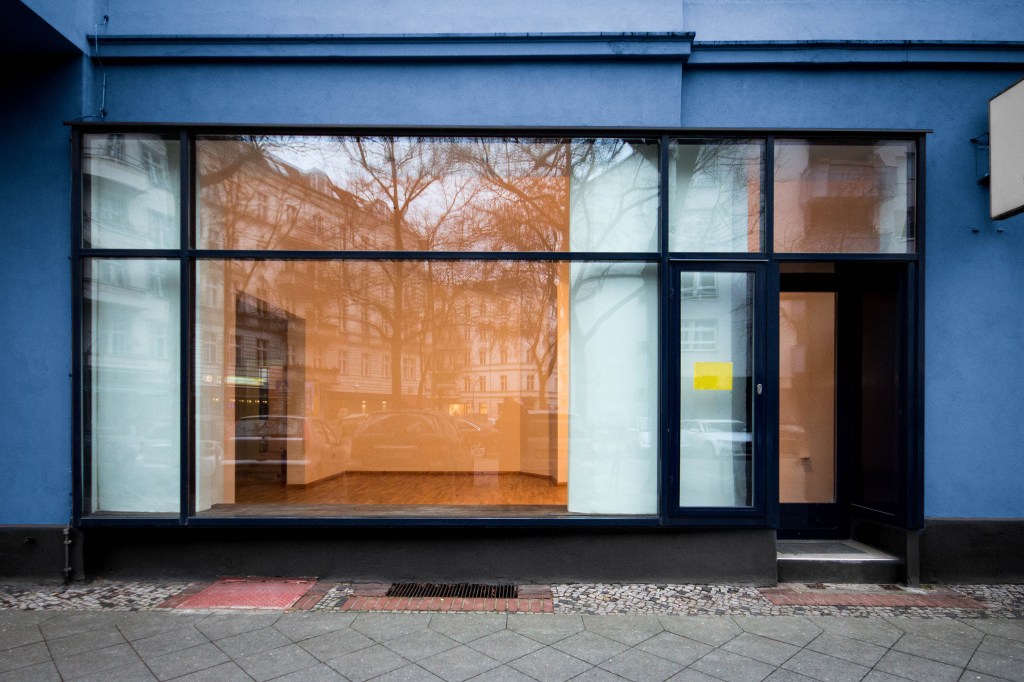Why Pop-Up Businesses in Vacant Commercial Properties are Thriving

Pop-up shops are transforming vacant commercial properties, breathing new life into spaces once considered dormant. As traditional retail continues to adapt to the rise of e-commerce and shifting consumer behaviors, these agile retail formats are leading a wave of innovation. By activating underutilized spaces, pop-up shops reduce landlord vacancy losses and offer entrepreneurs a flexible, low-risk launchpad for testing new ideas and engaging directly with communities.
These temporary retail experiences not only energize neighborhoods with revitalized storefronts but also foster cultural and commercial vibrancy that static retail often struggles to achieve. For brands, pop-ups provide a unique opportunity to build buzz, gather real-time feedback, and experiment, without the burden of long-term leases.
However, with this flexibility comes the need for proper insurance coverage. Whether you’re a landlord or a pop-up operator, understanding the right policies to protect your assets and operations is essential. From liability to property damage, learning the terms of your coverage ensures you’re prepared for the unexpected.
The rise of pop-up shops is more than a passing trend, it’s a reimagining of how space, commerce, and creativity intersect. Let’s explore what’s fueling this movement, how to learn the terms that matter in this evolving landscape, and why pop-ups are reshaping the future of commercial real estate.
The Landlord’s Advantage: Monetizing Vacant Spaces Quickly
Landlords are redefining the value of idle storefronts by embracing increasingly popular short-term commercial leasing strategies that turn vacancies into vibrant opportunities. From daily pop-up shops and seasonal boutiques to temporary rentals and month-to-month agreements, these flexible models are proving highly effective for monetizing unused retail space. They deliver immediate income while keeping properties active, engaging, and aligned with their intended use, serving the community and supporting local commerce.
This approach is especially attractive to entrepreneurs, artists, and niche retailers looking to test concepts, build brand awareness, and gain real-world feedback without the burden of long-term commitments. In return, landlords benefit from renewed foot traffic, a more dynamic streetscape, and increased visibility for surrounding businesses. By offering creative lease terms and streamlining the onboarding process, property owners are efficiently filling empty storefronts and maximizing returns. It’s more than a temporary fix, it’s a smart, adaptable strategy for reactivating retail space and turning vacancies into opportunity.
Types of Pop-Up Tenants and What They’re Looking For
In today’s evolving retail landscape, temporary retail space is drawing a vibrant mix of pop-up storefront tenants, each with distinct goals and motivations for stepping into short-term business models. Seasonal brands, like holiday decor vendors or summer apparel labels, leverage pop-up retail to meet demand spikes without a year-round commitment. Meanwhile, e-commerce retailers use physical locations to build brand presence, offer tactile product experiences, and gather real-time customer feedback in a brick-and-mortar setting.

Small businesses, including independent artists and makers, often seek pop-ups for direct community engagement and visibility they can’t get online. Some established brands even use pop-ups as test markets, rolling out new product lines or gauging interest in a specific location before investing in a permanent storefront. Across the board, these tenants are looking for high-traffic areas, short-term leases, and temporary spaces that can be easily branded to reflect their identity. For landlords, understanding what drives each pop-up tenant is the first step toward curating a successful and diverse tenant mix.
Legal Considerations for Pop-Up Leasing
Leasing to pop-up retailers presents exciting opportunities for activating commercial spaces, but it also demands close attention to legal and regulatory details. Under certain circumstances, such as unique zoning restrictions or unconventional business models, landlords must take extra care to ensure compliance with local licensing requirements and temporary use permits. These requirements can vary widely depending on the intended use, business type, and location.
A well-drafted pop-up lease agreement is essential. It should clearly define the permitted use, lease duration, rent terms, liability insurance, and responsibilities of both parties. Unlike traditional commercial leases, short-term pop-up agreements often include specific clauses for signage, setup and teardown logistics, and adherence to local health and safety codes.
Landlords should also be aware of potential risks, such as violations of city ordinances that may restrict certain business types or operating hours. Failing to address these risks can lead to fines, disputes, or reputational damage. Consulting a real estate attorney can help clarify the terms of the license agreement and ensure all legal bases are covered. With the right legal framework in place, pop-up leasing can be a smooth, profitable venture for both landlords and tenants.
Insurance Risks and Requirements for Pop-Up Businesses

Pop-up businesses bring flexibility and energy to commercial spaces, but they also come with unique insurance challenges that both tenants and landlords must address. The insurance needs of these temporary businesses can differ significantly from those covered under a traditional lease, and the temporary nature of these ventures can lead to coverage gaps in standard policies. Ensuring that the right protections, often referred to as pop-up shop insurance, are in place before launch is critical. For pop-up tenants, this often involves securing liability insurance that meets standard tenant insurance requirements, covering injuries, property damage, or pop-up store liability in high-traffic retail settings.
f Landlords, in turn, should confirm that short-term operators carry adequate insurance and name them as additional insureds on the policy. Depending on the setup, coverage for product liability, signage, or rented equipment may also be necessary. In some cases, special event insurance or riders tailored to short-term use are required. Clearly articulating these insurance provisions in the lease or license agreement helps mitigate risk, protect both parties’ interests, and create a clear framework for compliance from day one.
Why Property Owners Need Vacant Commercial Property Insurance
Unoccupied commercial properties may appear low-risk at first glance, but they actually face heightened exposure to damage, liability, and costly disruptions. Whether a space is sitting idle between other tenants, under renovation, or hosting short term occupants, it lacks the consistent oversight of an active business, making it more vulnerable to vandalism, theft, weather-related damage, and unnoticed maintenance issues. These empty spaces often fall outside the scope of standard policies, which is why vacant commercial property insurance is a critical safeguard.
This specialized coverage helps fill protection gaps, offering risk mitigation for temporary tenants and ensuring property owners aren’t caught off guard by unexpected claims or accidents. For those offering space to pop-up retailers or seasonal businesses, landlord insurance for pop-up tenants can provide tailored protection that traditional coverage might miss. And because many owners manage multiple properties or juggle evolving lease structures, ensuring comprehensive coverage is essential.
It’s not just about checking a box for compliance, it’s about preserving your investment, minimizing risk, and maintaining peace of mind during times of transition. For landlords, investors, and property managers alike, having the right insurance in place is a strategic move for long-term property resilience.
Activating Neighborhoods: How Pop-Ups Revive Communities

Pop-up businesses are becoming powerful catalysts for urban renewal, breathing life back into empty commercial corridors and actively revitalizing empty commercial property. By transforming vacant storefronts into art installations, many pop-up shops, seasonal boutiques, independent maker spaces, or emerging food destinations, these ventures generate consumer interest and create a sense of immediacy and vibrancy that draws both residents and visitors.
The pop-up impact on neighborhoods is both cultural and economic, bringing new energy, inspiring community interaction, and increasing foot traffic that benefits surrounding businesses. This surge in activity contributes to the economic benefit of pop-up stores, which can generate local jobs, spark new business ventures, and even attract long-term investment.
For property owners, this renewed demand also translates into meaningful rental income from spaces that might otherwise sit vacant. Far from being temporary fixes, pop-ups reflect the evolving identity of a place while supporting entrepreneurial innovation. They signal that a neighborhood is alive, responsive, and ready for reinvention, one storefront at a time.
Insuring Valuable Collectibles Used in Pop-Up Displays
Pop-up businesses often go beyond products; they curate immersive brand experiences, which means incorporating pop-up store displays filled with eye-catching decor and valuable collectibles to set the scene. From vintage furniture and collectible signage to rare memorabilia and limited-edition decor, these high-ticket items are essential for shaping a unique retail identity that sparks consumer interest, draws attention, and increases on-site engagement in new markets.
Often launched for a short period as part of a nimble business plan, these experiential setups also introduce added financial risk. Unlike typical fixtures, collectibles can appreciate and are difficult, or impossible, to replace if stolen or damaged in a high-traffic environment.

That’s where specialized protection like collection insurance and tailored insurance policies, including rare retail props insurance, play a key role. Whether the items are owned, loaned, or part of a collaboration, safeguarding them ensures the brand story continues uninterrupted.
Sources:
https://www.longmores.law/articles/pop-up-businesses-are-they-a-good-opportunity-for-landlords-to-fill-vacant-commercial-space/
https://investingincre.com/2024/07/08/pop-up-stores/
https://retailstrategies.com/pop-up-shops-reviving-vacant-spaces-and-boosting-city-economies/
https://www.forbes.com/sites/joanverdon/2019/12/17/pop-up-shops-arent-going-away-and-heres-what-that-means-for-retailers-and-landlords/
https://investingincre.com/2024/08/16/vacant-commercial-properties/
https://www.cnbc.com/2018/10/26/vacant-spaces-become-pop-up-shops-for-retailers-landlords.html
https://www.obermayerlegaldevelopers.com/2019/12/09/pop-up-shops-legal-considerations-for-a-growing-trend-in-retail-leasing/

